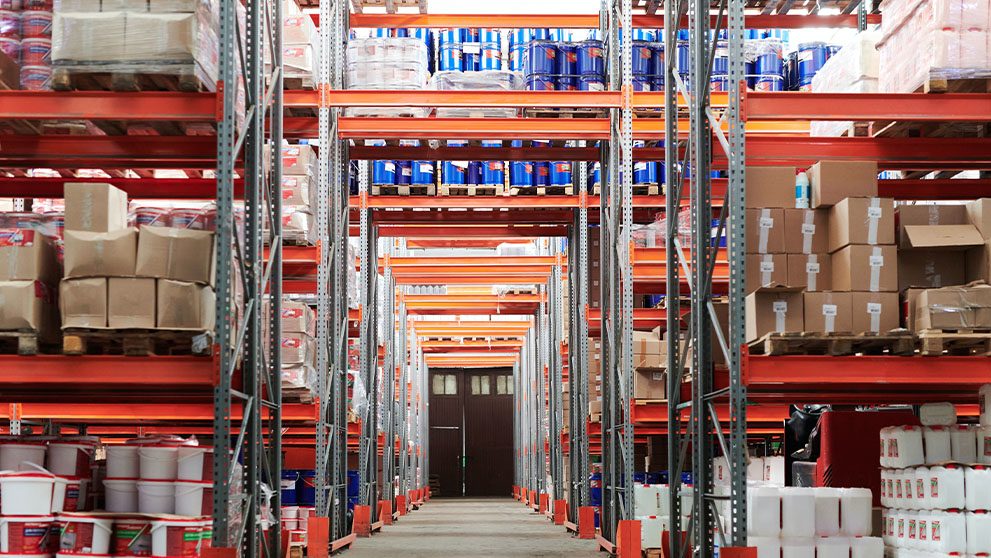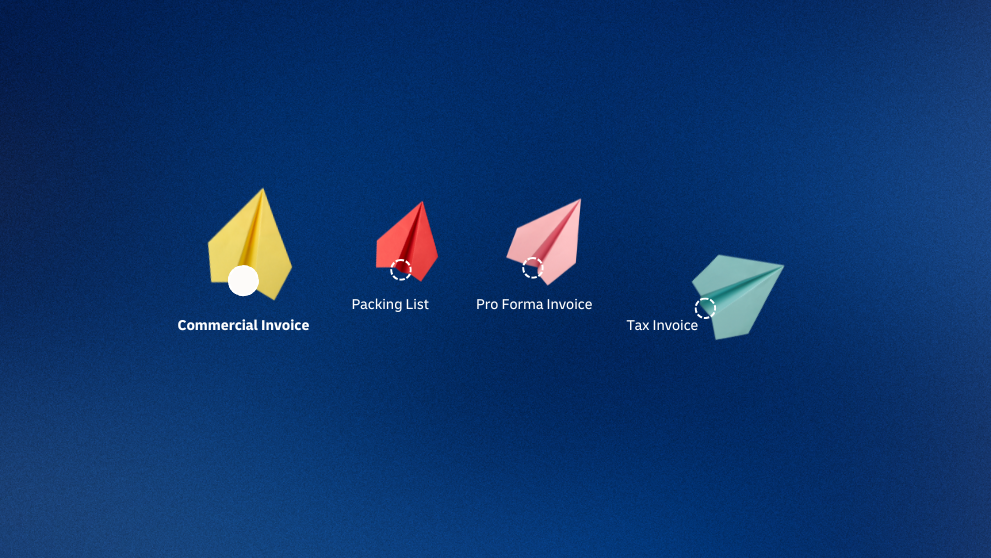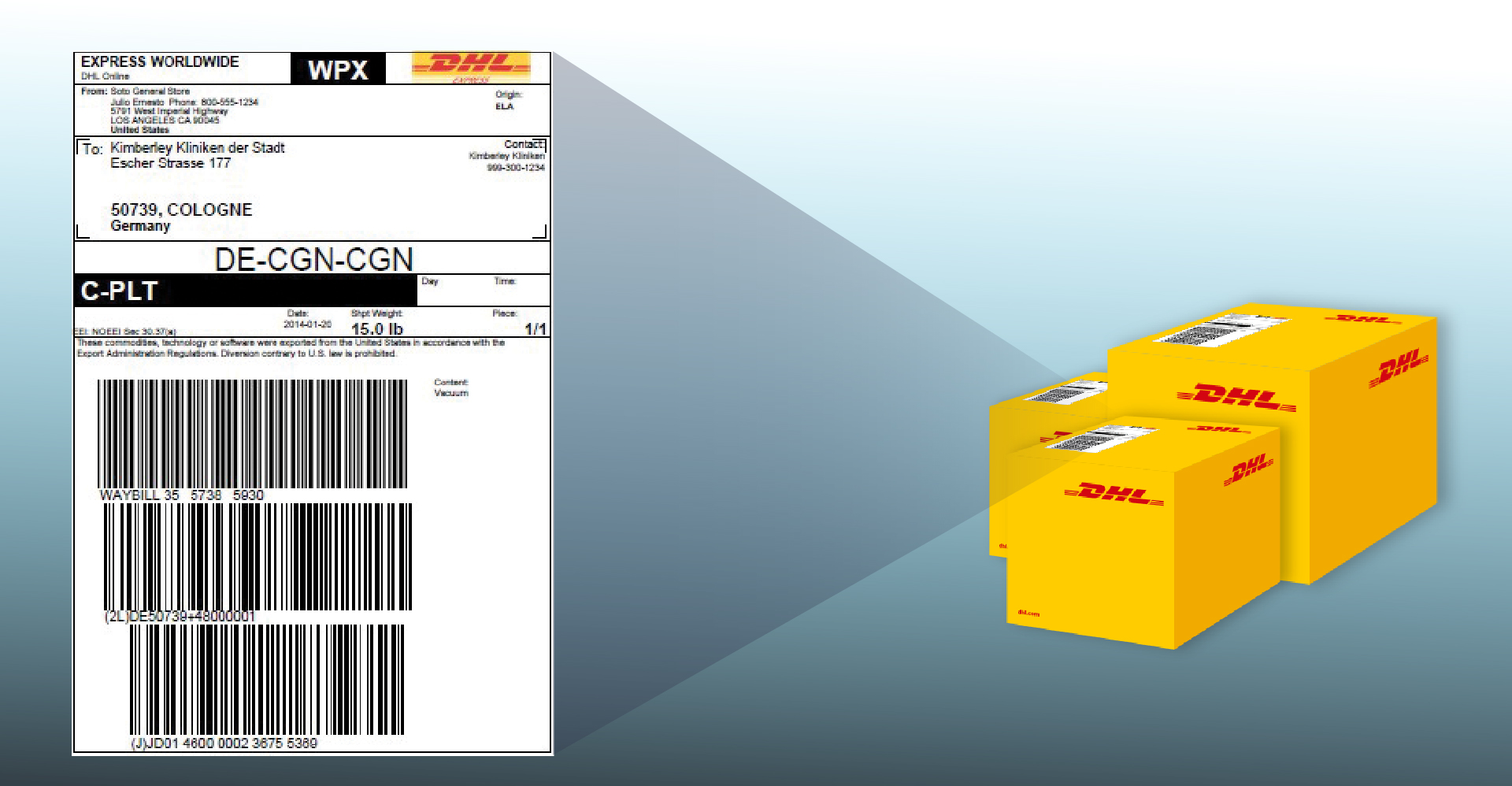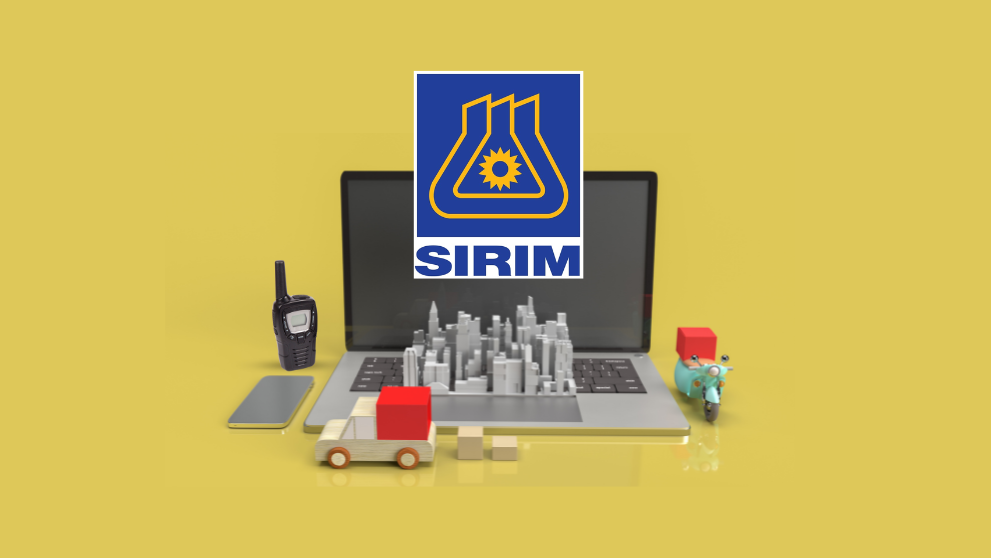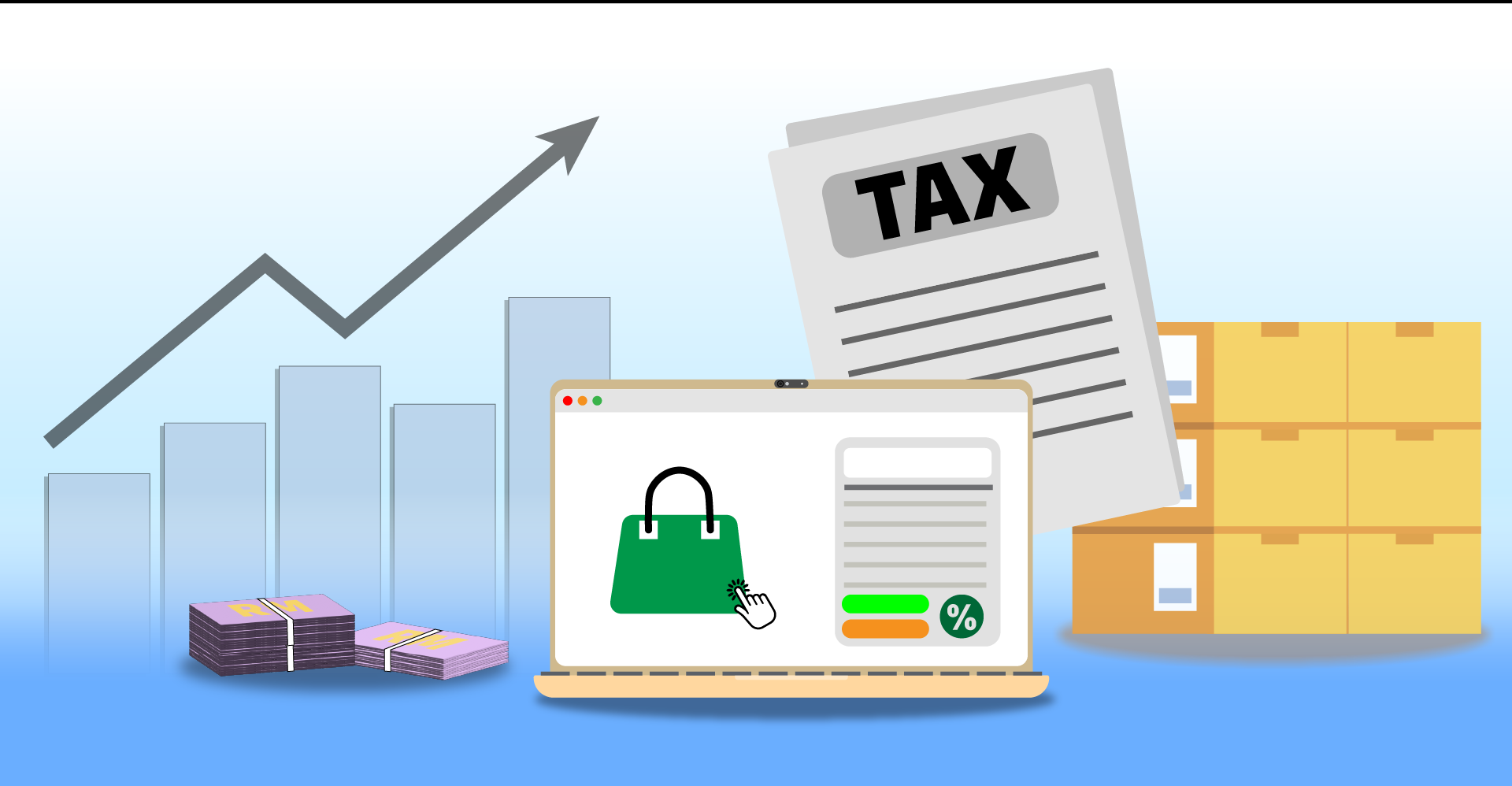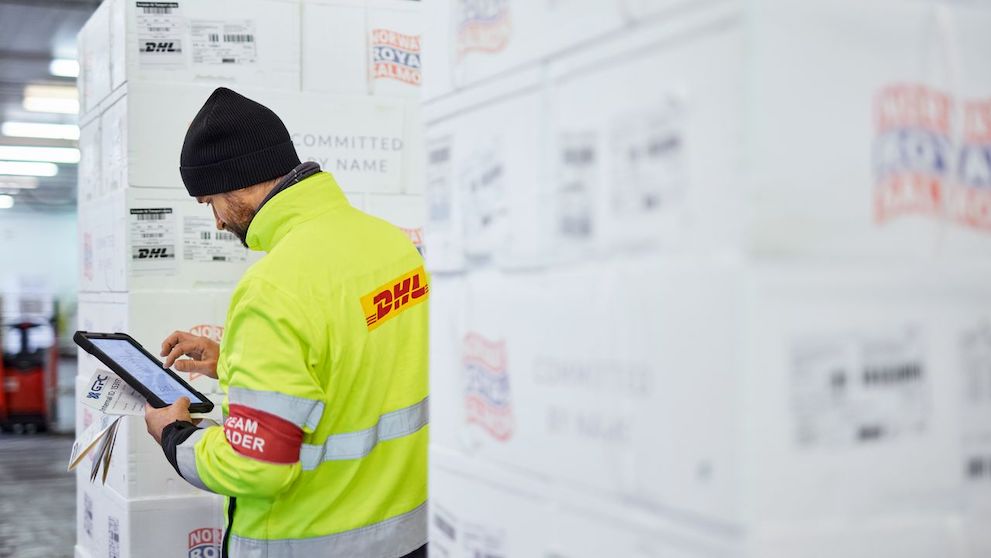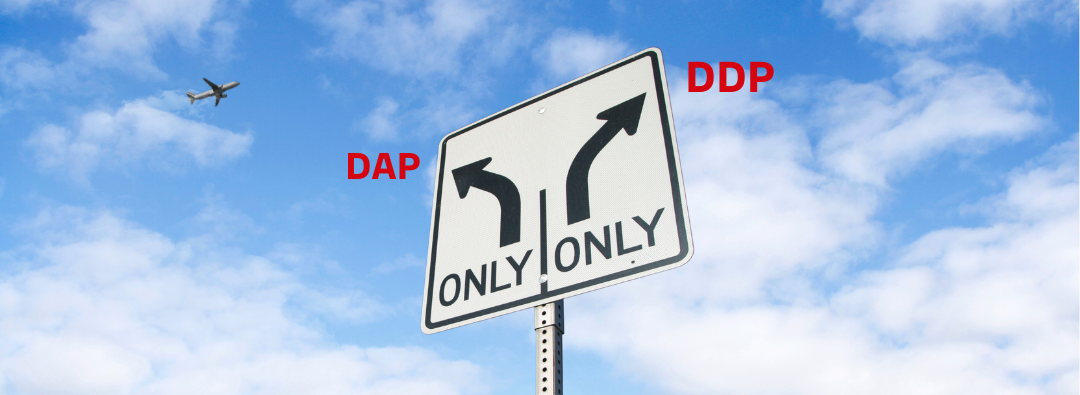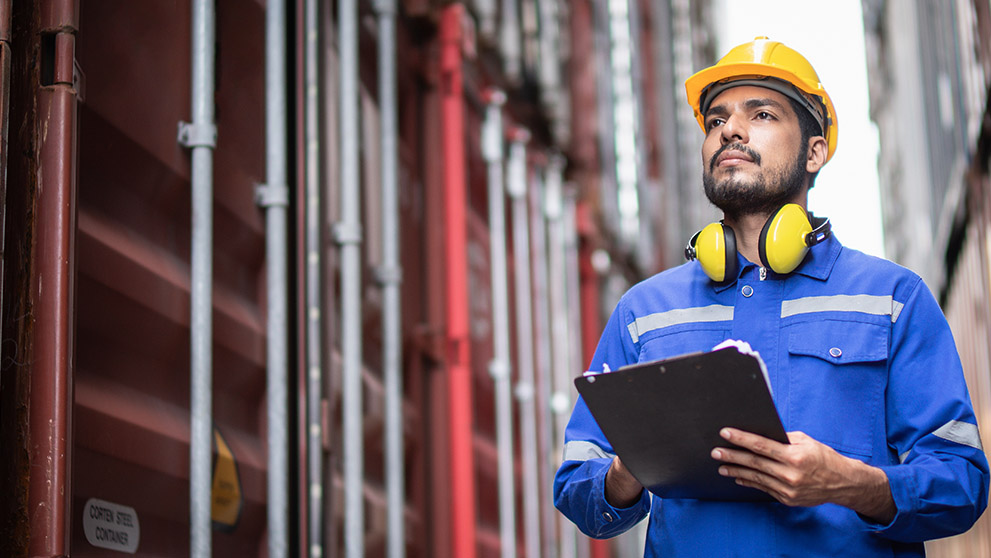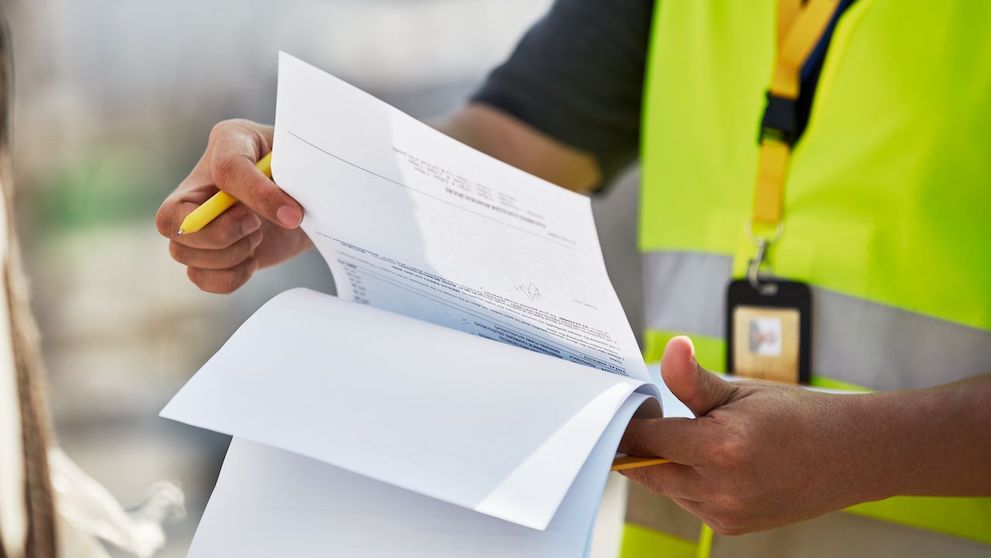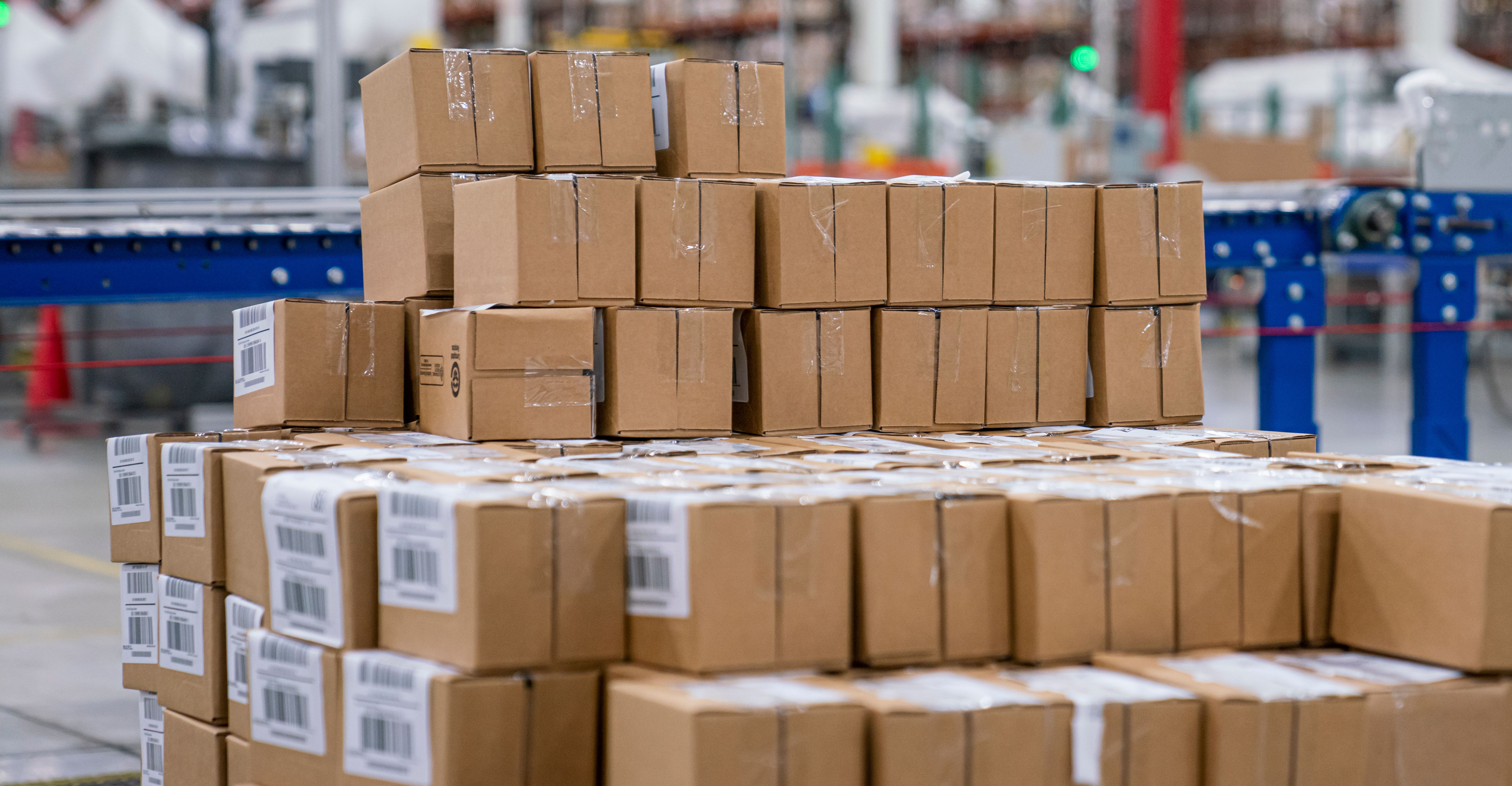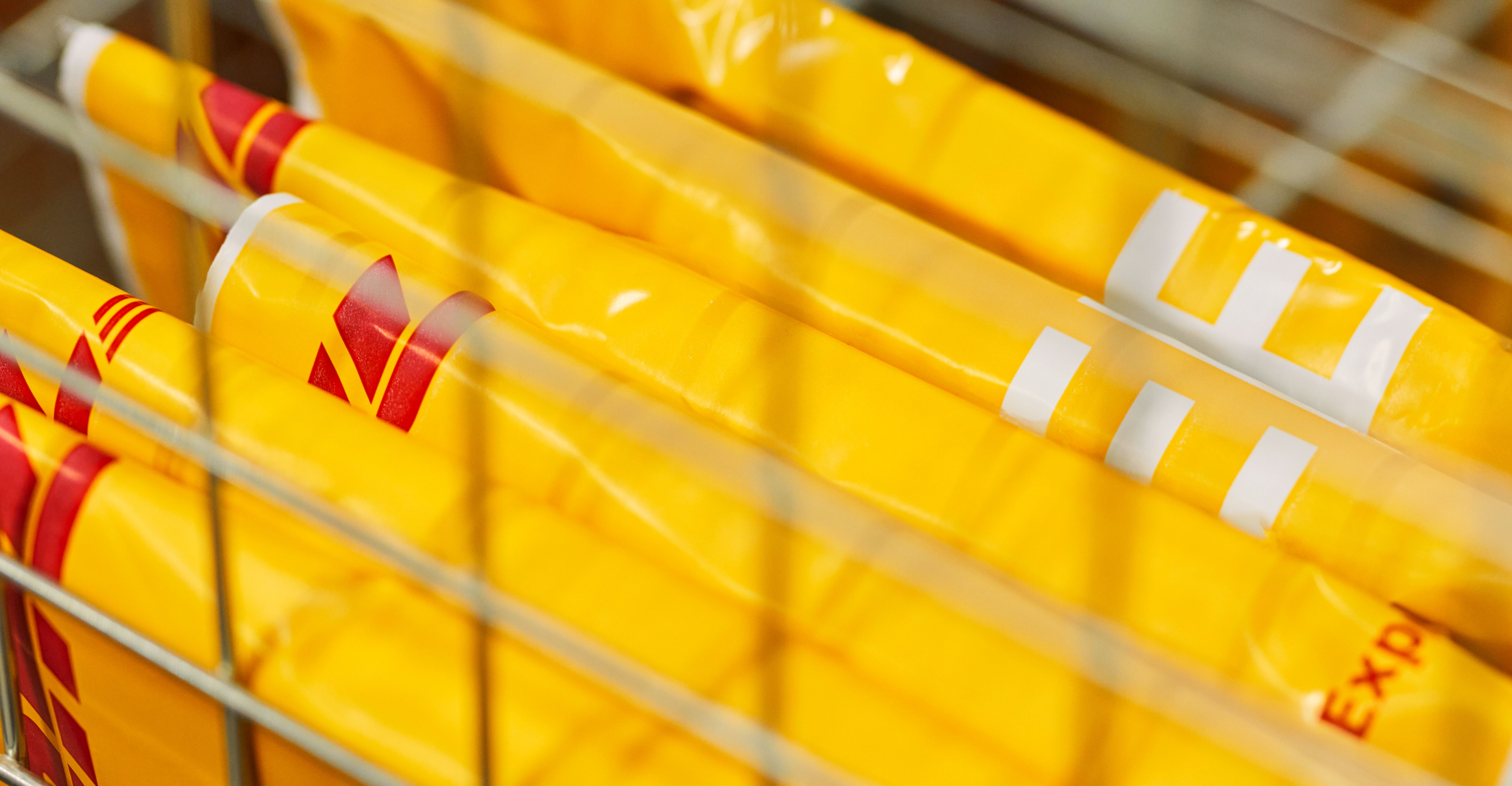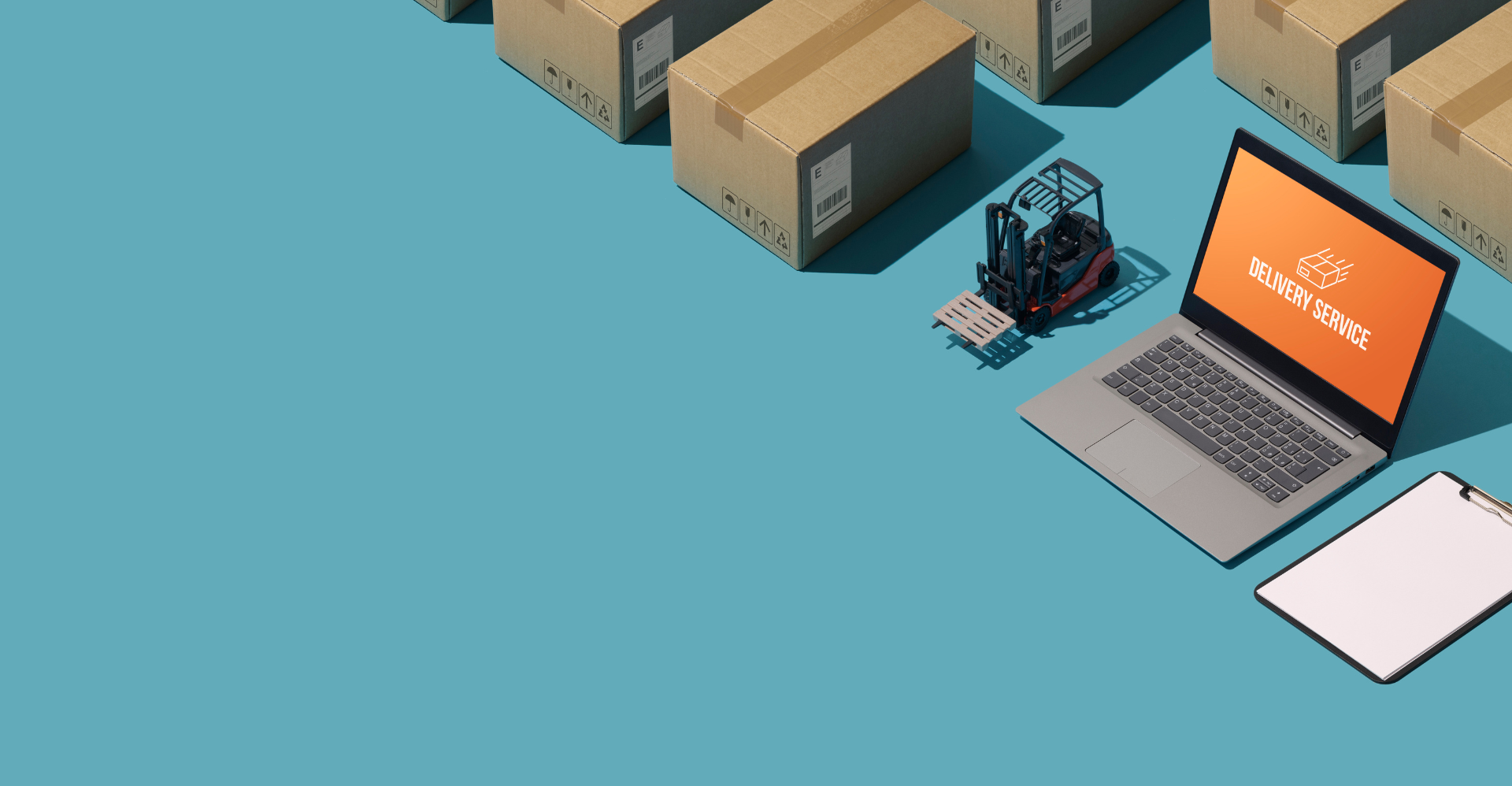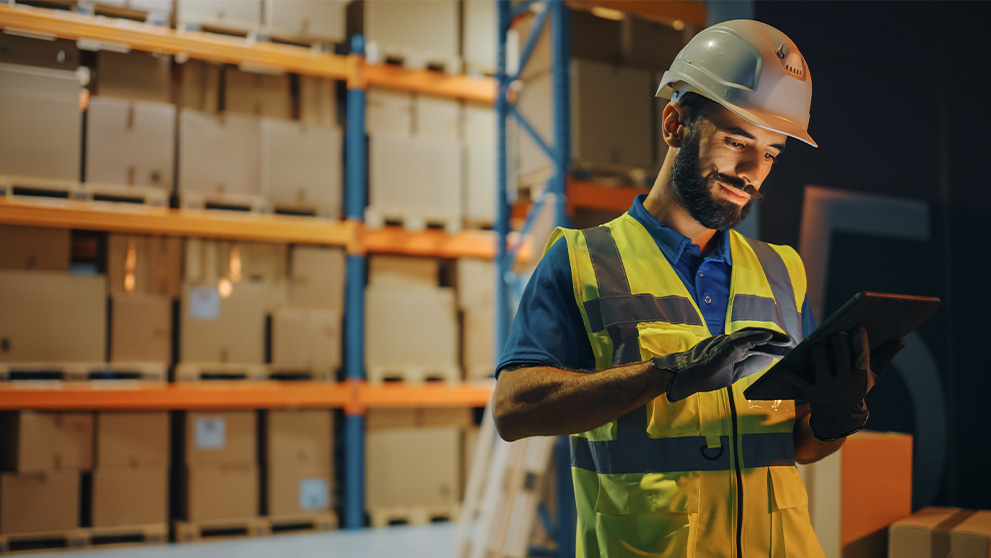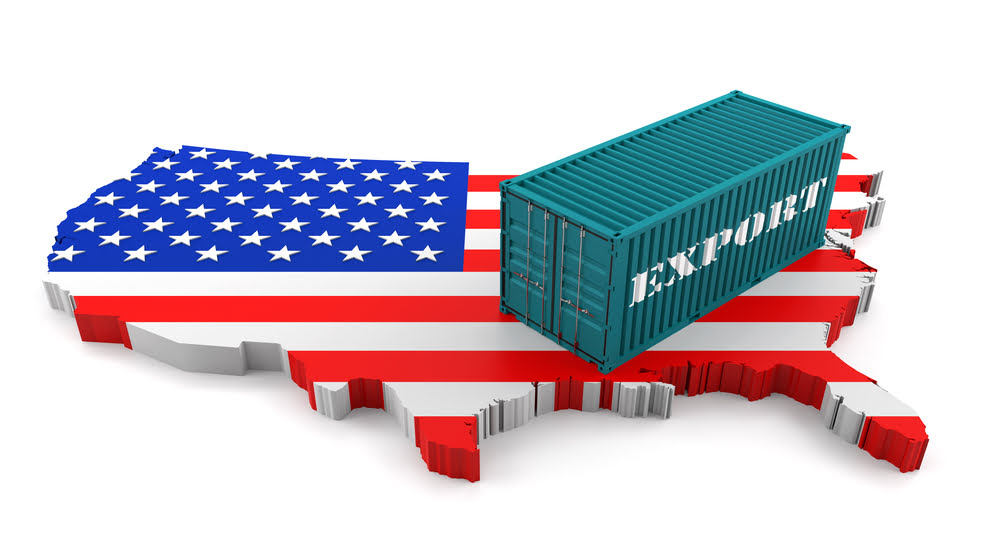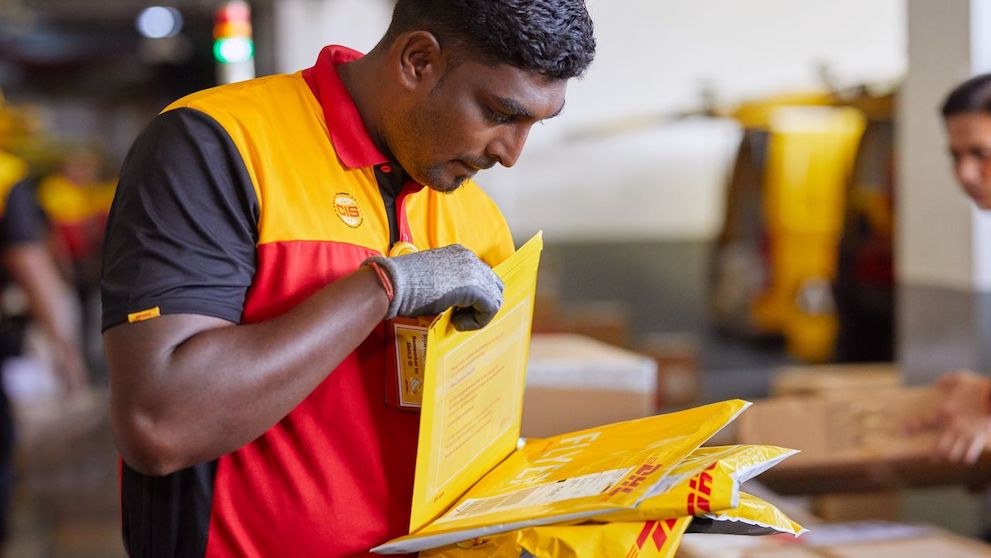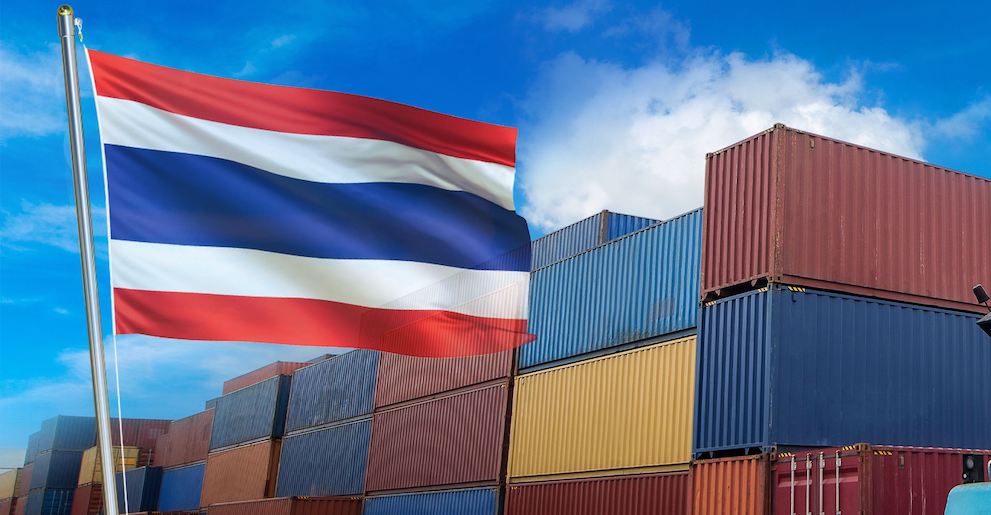A smooth-running logistics operation will save your business time and money - and ensure your customers get their orders on time. Admittedly, some areas of this takes a lot of investment and planning, but there are also some simple changes you can implement today to improve efficiencies. Read on for some tips to get the ball rolling.
First stop: identify your weak spots
Which areas of your logistics operation could be better? Whether it’s inventory, storage, picking, packing or invoicing, somewhere there’s room for improvement. Identify actions that could increase productivity and write them down. Then divide the list into two: actions that can be done quickly to make an immediate impact - think setting KPI targets or researching competitors - and long-term changes that will take a little more planning. You can then focus on actioning the first list for some quick wins.
What gets measured gets done
An old adage in business but still a good one. Here, specifics matter. It’s not enough to say "our picking needs to be faster or more accurate". Start with how many orders get picked by hour now, or exactly how many picking errors occur each day/week. That will give you a KPI (Key Performance Indicator) to target. You need a ‘before’ and an ‘after’ to measure what’s improving.
At this point it will be valuable to perform an E-commerce Health Check1, too - especially if you're looking to ship internationally. Tell us about your business in a few simple steps and we’ll share personalized advice on how to grow your exports.
Employee feedback is vital, so chat with your people
You already have the most valuable resource for improving logistics in your business: your pickers, packers, drivers and warehouse people. They're down on the ground seeing where mistakes are made and things aren't running efficiently - so ask them. Employee feedback is crucial to improving any business process, so call your team together and then listen to their ideas. They may have developed convoluted ‘work-arounds’ to simple, practical issues you can address.
While you’ve got everyone together, talk them through what you want to do - and outline the specific metrics you want to improve. It’s not just good team building, they’ll know where the real time and money can be saved. Once you have your team onboard with your ideas, why not add a little incentive into the mix? Starting a simple but well thought out reward package for increased speed, productivity or accuracy can pay big dividends.
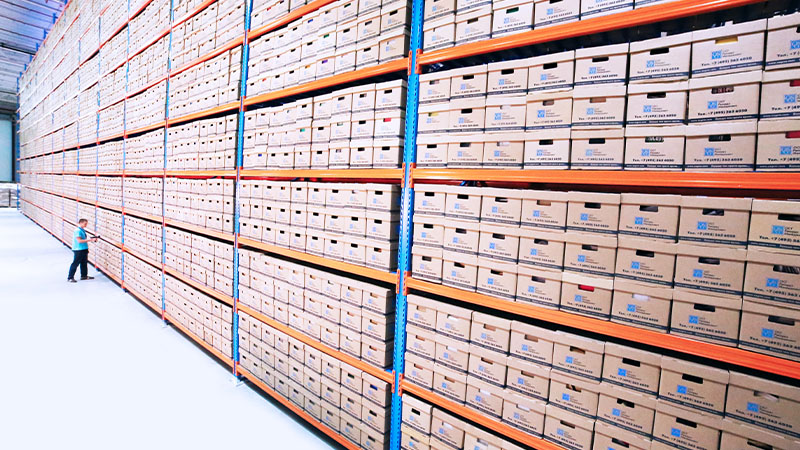
Get your warehouse in order
When it comes to ecommerce warehousing, optimizing your space is vital to saving time and increasing productivity. And a lot of this comes down to the layout. Put your best-selling items closest to the shipping station (and your least popular furthest away). But don’t put them all in the same aisle or you could end up with a ‘bottleneck’ that slows everything down.
As space is often the most valuable commodity in a warehouse, it may be worth considering vertical racking systems which will bring more key products together in a tighter footprint, reducing travel and wasted space.
If you’re close to your inventory - and your order patterns - you’ll know that there are certain products that are often ordered together. Tools and lubricants, cleaning solutions and wipes, small electricals and batteries... Closing the proximity between these items can also help drive up logistics efficiency.
Of course, the popularity of some items is dependent on the season - festive merchandise at Christmas, for example - so staying one step ahead of demand means you can move products to prime locations depending on their popularity. This is where investing in smart inventory management software that can assist with stock planning and forecasting will pay off.

Turn your packing station into a speedy operation
Cut packing time by setting up a system where your pickers can put items straight into a pre-addressed box. This immediately cuts a number of steps out of the logistics process - especially if you stock many items that fit into standard-sized packaging.
Mini mobile printers allow your team to run out an address label for goods the moment they’re collected from the shelves. Even better for ready-to-ship, pre-packaged items. Around USD$100 for each printer and available today, at Amazon2.
Whilst on the subject, have you considered sustainable packaging options? Eco-conscious consumers are increasingly expecting brands to play their role in helping them reduce their carbon footprint, so offering greener packaging will leave a positive impression.

Keep things moving cross-border
Shipping internationally is a lucrative route to lots of new customers - providing you know what you're doing. The greatest cause of delays when shipping abroad isn’t poor transport networks; it's the pesky Invoice Description. Incorrect or generic descriptions like "Samples" or "Machine Parts" will see your goods stopped at Customs. Clear, detailed descriptions and an accurate Harmonized System (HS) code on your paperwork will keep deliveries flowing. The DHL Express International Shipping Toolkit is packed full of further insights to help your cross-border operations run smoothly, including how to define your global brand strategy, and tips to avoid cart abandonment.
If you're shipping to Europe, the Import One Stop Shop tool will save you time. This is an electronic portal the EU has introduced where you can register to get a single VAT IOSS ID number that applies to distance sales in all 27 EU countries. This will simplify the process by enabling you to collect, declare and account for VAT and pay your bill directly to the EU Tax Authorities via a periodic tax return (for goods up to the value of €150).
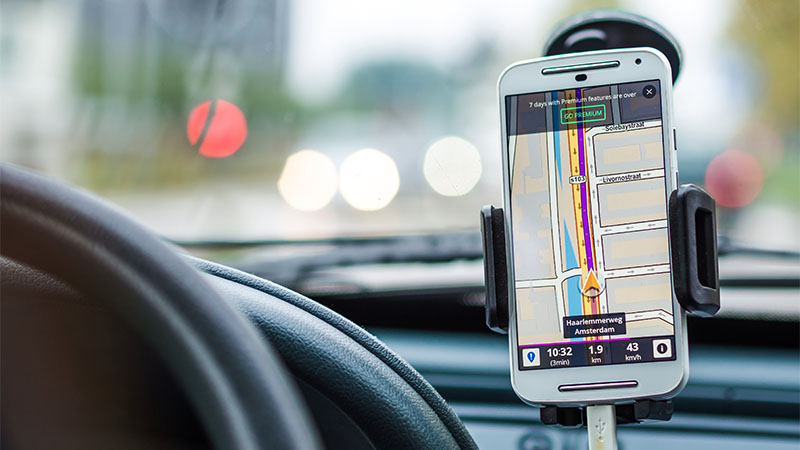
The right delivery route
Damage in transit can be soul-destroying - and not just for your customer. It’s a big hit on the profitability of your logistics operation. Again, analysis is key. Is there a pattern to the products damaged or the transport routes they take? Sometimes the fastest routes aren’t the safest - and a dive into the damage data makes sense. Take some time to evaluate your shippers to see who delivers most reliably.
Sometimes the cause of damaged goods isn’t the route but the way they are loaded. If you’re suffering from unexplained increases in DORs, now could be the right time to invest in some smarter load planning software.

Turn to the tech tools
As touched upon in the previous points, there are a whole bunch of software solutions out there to help you automate and optimize your logistics operations. From stock analysis to staff scheduling to inventory management, chances are there is already a super-smart piece of tech waiting to help you sharpen your game. Time to jump online and research the options.
Don't forget the importance of last mile delivery
Arguably, this is one of the most important steps in leaving a positive impression on customers and ensuring they return to your business. Customers want speedy, on-time deliveries at a time of their choosing. This is where partnering with a logistics expert like DHL will pay off. It will allow you to integrate Express, On Demand and International Shipping into your checkout as standard, whilst ensuring the goods get to your customers on time and in one piece. Don't undo all the good work of your logistics operations at the last mile!
2-Amazon

